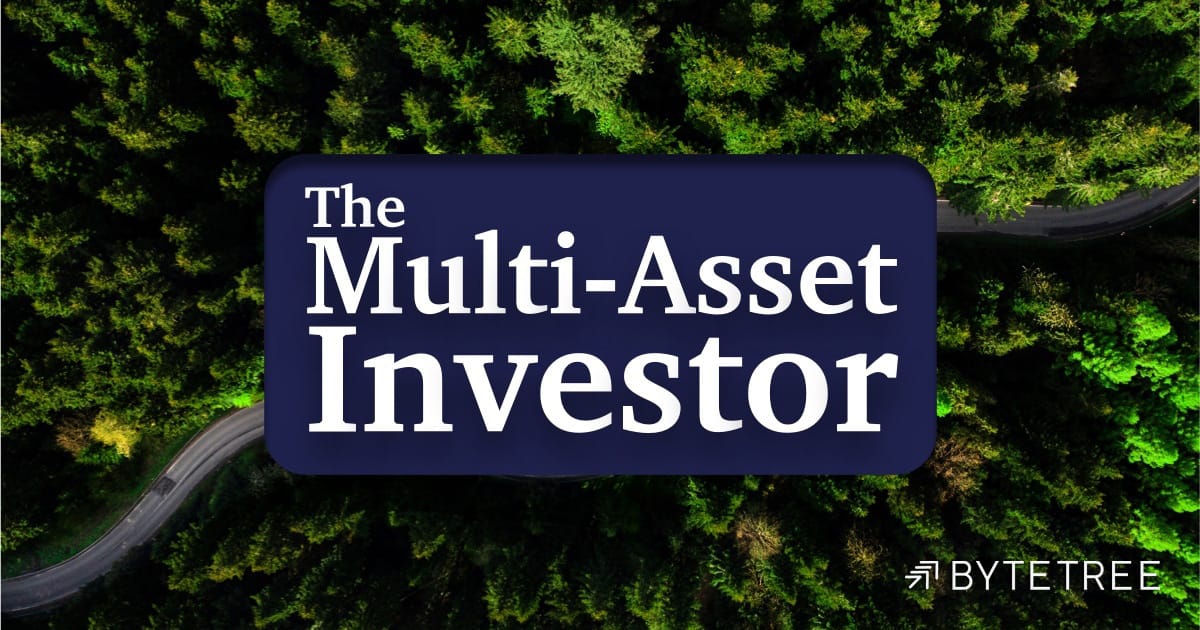Time for a Hedge Fund

Trade in Soda;
Hedge funds were all the rage in the late 1990s, as skilled investors, and even more unskilled, came up with a strategy and raised capital in the hope of joining the rich list. While some made it, most failed.
There were several tests, the first being the Asia Crisis in the late 1990s. The Blue-Chip hedge fund, Long-Term Capital Management (LTCM), staffed by PHDs, came crashing down as market froze over in 1998. They specialised in spread trades. A simple example would be equity arbitrage, whereby Shell was listed in London and Amsterdam at the time, with share prices that would drift apart. They bought the cheap one, sold the expensive one, and made a profit after transferring the shares to the same location.
Another example was the “off the run” bonds, where the benchmark 10-year would always be slightly more expensive than the 9 ½ year or 10 ½ year that was off the benchmark. Buy the cheap one, sell the expensive one, and sooner or later, the market will gift you a low-risk profit. The trouble is that these trades are low risk but low return. To make them pay, you need leverage, and lots of it. LTCM had $4.8 billion of investors’ capital, which was leveraged 25 times, meaning they invested $124.5 billion in the market.
When the market liquidity dried up, spreads widened much further, wiping out their capital, leaving the fund to face margin calls. The problem? Too many PHDs, not enough experienced practitioners.
Buffett tried to bail out LTCM because he knew the trades would all come good when the market liquidity returned, and he had deep pockets. The Fed wasn’t having it, and they backstopped it instead. Presumably, the Fed made a killing.
More hedge funds died in the dotcom crash from 2000 to 2002. Then, there was Amaranth, which blew up in 2006 as the price of natural gas took a wrong turn after Hurricane Katrina. Then came the credit crisis, which saw some spectacular winners that shorted housing and the banks, but even more losers who faced the liquidity squeeze. You could say the hedge fund party truly died after Bernie Madoff’s Ponzi Fund, which never seemed to make any investments at all. It was simply a fraud. The aftermath led to increased scrutiny of hedge funds and the Wild West was brought back into line.
Today, the large hedge funds are investment institutions. They are no longer staffed by gun-slinging traders but by highly skilled investors with disciplined processes and robust risk management. These days, established hedge funds are more likely to fail by boring their investors than by blowing up.
A good hedge fund is highly focused on risk and how they implement their trades. Let’s say that interest rates are going to fall, which seems likely, as recent issues have suggested. What is the trade? You might just say buy the long bond, but then you realise the yield curve is heavily inverted. Cash pays 5.5% in the US, yet the long bond only pays 4.4%. How much upside would a rate cut bring, given it is seemingly priced in? Might there be a better way to implement the trade?
The Multi-Asset Investor is issued by ByteTree Asset Management Ltd, an appointed representative of Strata Global which is authorised and regulated by the Financial Conduct Authority. ByteTree Asset Management is a wholly owned subsidiary of ByteTree Group Ltd.
General - Your capital is at risk when you invest, never risk more than you can afford to lose. Past performance and forecasts are not reliable indicators of future results. Bid/offer spreads, commissions, fees and other charges can reduce returns from investments. There is no guarantee dividends will be paid. Overseas shares - Some recommendations may be denominated in a currency other than sterling. The return from these may increase or decrease as a result of currency fluctuations. Any dividends will be taxed at source in the country of issue.
Funds - Fund performance relies on the performance of the underlying investments, and there is counterparty default risk which could result in a loss not represented by the underlying investment. Exchange Traded Funds (ETFs) with derivative exposure (leveraged or inverted ETFs) are highly speculative and are not suitable for risk-averse investors.
Bonds - Investing in bonds carries interest rate risk. A bondholder has committed to receiving a fixed rate of return for a fixed period. If the market interest rate rises from the date of the bond's purchase, the bond's price will fall. There is also the risk that the bond issuer could default on their obligations to pay interest as scheduled, or to repay capital at the maturity of the bond.
Taxation - Profits from investments, and any profits from converting cryptocurrency back into fiat currency is subject to capital gains tax. Tax treatment depends on individual circumstances and may be subject to change.
Investment Director: Charlie Morris. Editors or contributors may have an interest in recommendations. Information and opinions expressed do not necessarily reflect the views of other editors/contributors of ByteTree Group Ltd. ByteTree Asset Management (FRN 933150) is an Appointed Representative of Strata Global Ltd (FRN 563834), which is regulated by the Financial Conduct Authority.
© 2025 ByteTree Group Ltd
